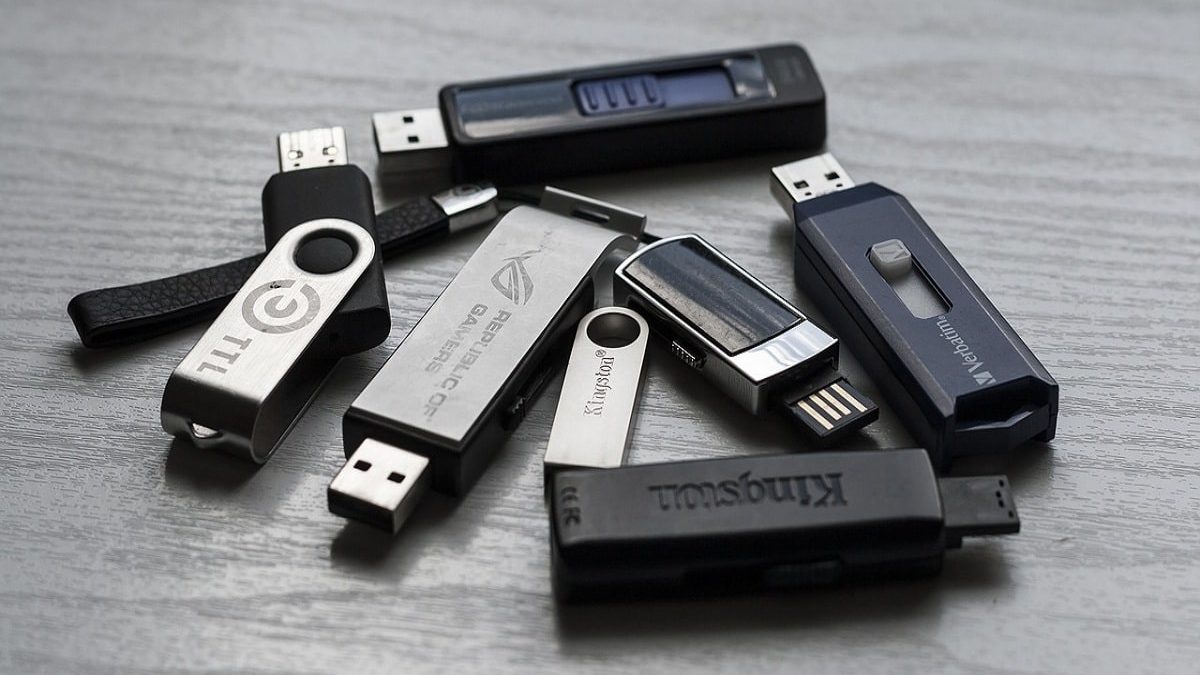Table of Contents
USB Definition
USB stands for Universal Serial Bus. It is a concept of computing to name the port that allows you to connect peripherals to a computer.
The creation of USB dates back to 1996, when a group of seven companies (including IBM, Intel, and Microsoft) developed the format to improve the interconnection capacity of technological devices. The USB, unlike other ports, does not require a system reset to recognize the connection of peripherals. It has a greater plug-and-play or connect-and-use capability.
Uses of a USB
It is capable of detecting and installing the software necessary for the operation of the devices. Unlike other types of ports (such as PCI), it does not have a large bandwidth for data transfer, which is a disadvantage in some instances.
The keyboard, mouse, digital cameras, scanners, printers, and mobile phones are some of the peripherals that can be connected to a computer through a USB port.
All this without forgetting other important peripherals. Such as video, cameras, external DVD recorders, portable hard drives and pen-drives. And also, musical devices such as MP3s, joysticks, flyers or webcams.
Types of USB
Universal Serial Bus standards
USB 1.0
: They are the oldest and the lowest-speed USB standard. Its transfer rate is up to 1.5 Mbit/s (188 kB/s) and is used mostly in human interfaces such as keyboards, mice, or webcams.
USB 1.1
: It is the improvement of 1.0 known as full speed or “plug and play.” Its transfer rate goes up to 12 Mbit/s (1.5 MB/s), although it was still far from the speeds that would reach the following standards.
Universal Serial Bus 2.0
: Also known as high speed, it reaches transfer rates of up to 480 Mbit/s (60 MB/s), although in practice it usually stays at 280 Mbit/s (35 MB/s). It is the most widespread standard at the moment and has two lines for data and two high-speed power. You can also charge devices at 2.5 W of power.
Universal Serial Bus 3.0
: It is also called super high speed, and has a transfer rate of up to 4.8 Gbit/s (600 MB/s), ten times higher than the speed of USB 2.0 thanks to its five additional contacts.
Universal Serial Bus 3.1
: It is called super high speed + or SuperSpeed, and doubles the speed of its predecessor, with a transfer rate of up to 10 Gbit/s (1.25 GB/s). It is the one that is usually used by the Type C connectors that we will explain a little later.
Universal Serial Bus 3.2
: Presented in February 2019, it is the most recent standard to date. It will be able to offer transfer rates of up to 20 Gbit/s (2.5 GB/s), and the first peripherals to use it will arrive around 2020.
Universal Serial Bus connectors
USB Type-A
: It has been the predominant connector between peripherals and main computers until the arrival of smaller ones. Type-A USB can be used with USB 1.0, 2.0 standards, as well as USB 3.0 and 3.1. However, the connectors that use the 3.0 standard differ from the rest by having an internal tab, such as a small blue plastic. Therefore, if it does not carry it, it is because it is of lower speeds.
Universal Serial Bus Type B
: It has been the connector that is usually used to connect to peripherals such as printers and scanners, although often only to provide power. There are two different types of Type B connector, the “conventional” for [USB] 1.0 and 2.0 standards, and another with a slightly different shape and a blue tab inside for USB 3.0.
Universal Serial Bus Type C
: It is the most modern type of connector and is the successor of the MicroUSB. It is characterized by being completely reversible, so you can always connect it on either side. These are also the connectors used by Thunderbolt 3, an alternative standard to HDMI.
Mini USB
: It was the first type of USB that was reduced in size to connect smaller peripherals. It was widely used by cameras and mobiles, especially in the Mini B model, but that was enough years ago.
Micro USB
: Successor of the Mini USB, it has been prevalent and the most used by small devices. Possibly, if your mobile is of a lower range or has a couple of years you still find it, although it has also been used in many other types of peripherals.

